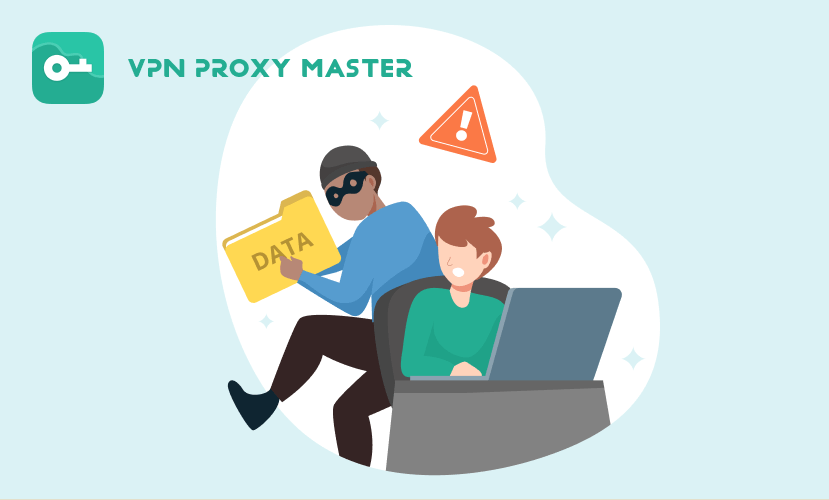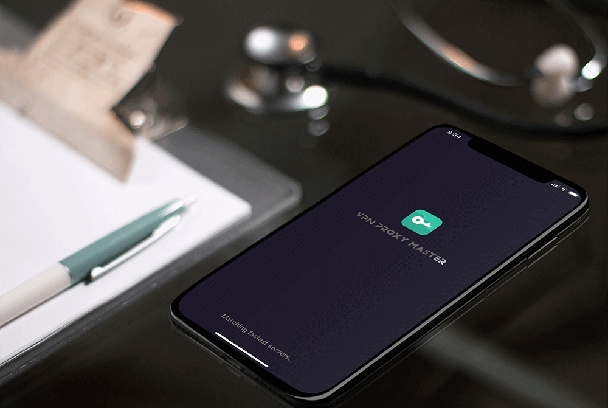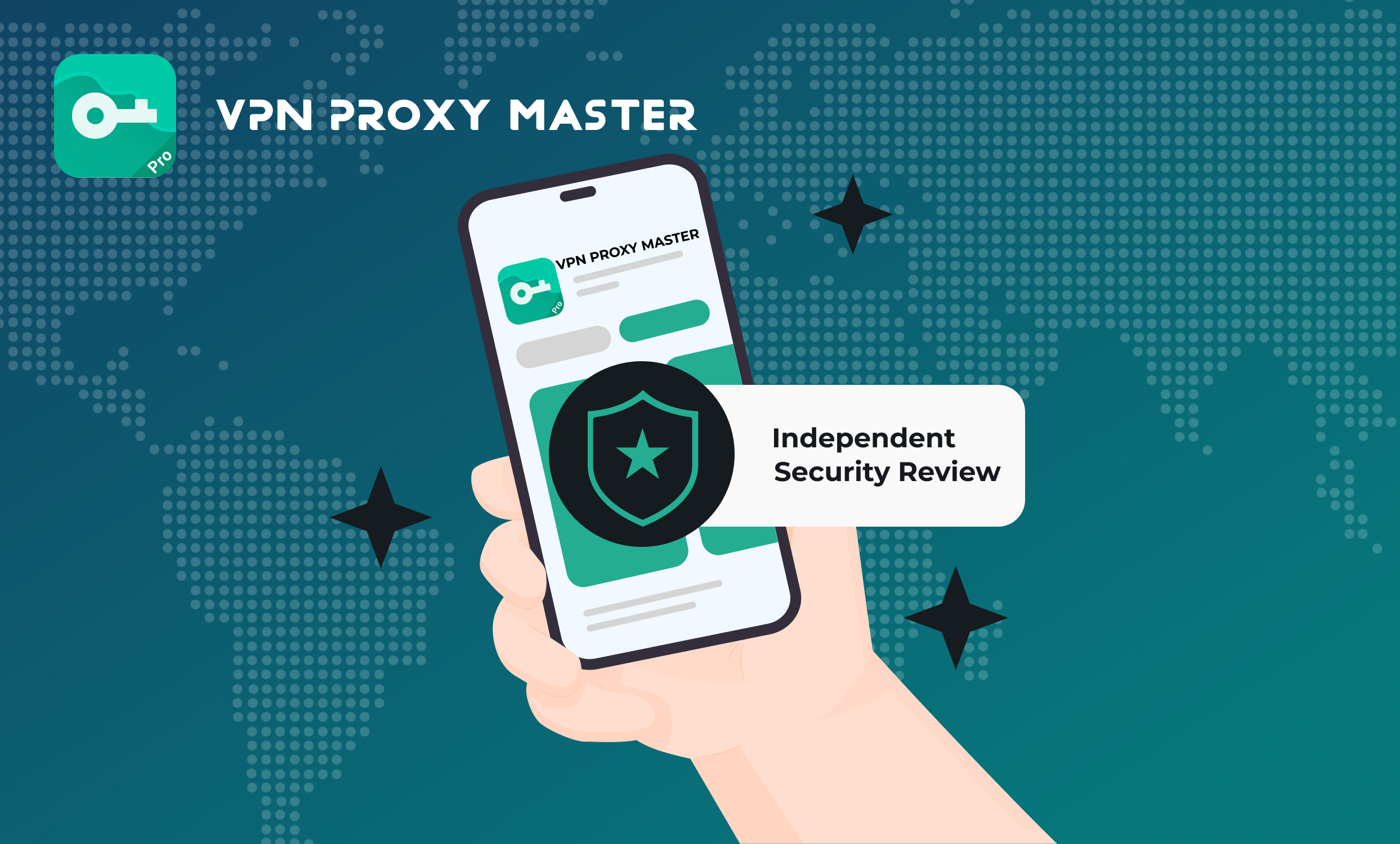As we approach May Day, a celebration of the labor movement and the fruits of our hard work, it's crucial to acknowledge the looming threat of hacking and data theft. In today's digital age, where our personal and professional lives are increasingly intertwined with technology, the risk of falling victim to data theft is ever-present. Let's delve into data theft and explore strategies to protect ourselves from these malicious threats

Understanding Data Theft
Data theft, also known as information theft, involves the unlawful extraction, acquisition, and retention of sensitive data belonging to individuals or organizations. The main motives for hackers to conduct data theft include include financial gain, identity theft, espionage, etc. The consequences of data theft can be severe, leading to financial losses, reputational damage, identity theft, and legal liabilities.
Hackers exploit vulnerabilities in software, networks, and human behavior to access sensitive data through methods such as phishing, malware, and ransomware attacks. They target individuals, businesses, and organizations of all sizes, seeking valuable information that can be monetized or used for malicious purposes.
Methods of Data Theft
Hackers employ various methods to steal data.
1.Exploiting Software Vulnerabilities
Hackers exploit vulnerabilities in software applications, operating systems, and web servers to gain unauthorized access to sensitive data. These vulnerabilities may arise from coding errors, outdated software, or misconfigurations.
2. Phishing Attacks
Phishing attacks involve the use of fraudulent emails, text messages, or phone calls to trick individuals into divulging sensitive information such as login credentials, credit card numbers, or personal data. These attacks often impersonate legitimate entities or websites to deceive users.
3.Malware Infections
Malware can infect computers and mobile devices, allowing hackers to steal data, monitor user activity, or encrypt files for ransom. Malware infections often occur through malicious email attachments, infected websites, or unsecured downloads.
4.Interception of Data in Transit
Hackers may intercept data transmitted over unsecured networks, such as public Wi-Fi hotspots, using techniques like packet sniffing. This enables them to eavesdrop on communications and capture sensitive information such as usernames, passwords, and financial transactions.
5.Insider Threats
Insider threats involve individuals within an organization who misuse their access privileges to steal or leak sensitive data. This may include disgruntled employees, contractors, or partners with legitimate access to confidential information.
6.Public Information
A lot of information can be found in the public domain of the Internet (Internet searches or some social media), which can be used by hackers to conduct targeted phishing.
Preventing Data Theft
1.Use Secure Networks
Avoid connecting to public Wi-Fi networks or unsecured websites, especially when handling sensitive information. Or you can use a VPN, which allows you to stay secure when using public Wi-Fi hotspots for any online business transactions. It encrypts your online traffic and creates encrypted tunnels to stop your data from being intercepted!
2.Strengthen Authentication
Strengthen authentication: Use strong, unique passwords and avoid using the same password for multiple accounts because if a hacker cracks your password on one account, the other accounts are at risk. Implementing multi-factor authentication (MFA), where account access requires more than just a password and you are often required to provide additional information such as biometric data or a one-time code sent to your device, can add an extra layer of security.
3.Avoid oversharing on social media
Avoid giving out personal information such as your address or date of birth in your social media profiles, which can be used by criminals to build a profile of personal information about you. Also information on your social media profile can be used for analytics, to create fake accounts or to serve you overly targeted ads.
4.Keep Software Updated
Regularly update your operating systems, applications, and security software to patch known vulnerabilities.
5.Close accounts you don't use
Every account contains some of our personal information in one way or another, and all of this information is valuable to cybercriminals. Be sure to reduce your digital footprint by deleting all accounts you don't use.
Conclusion
As we celebrate May Day and reflect on the value of our hard work, let's not overlook the importance of protecting our digital assets from the threat of hacking and data theft. By understanding the motivations behind data theft, recognizing its consequences, and implementing robust cybersecurity measures, we can safeguard our personal and professional information and preserve the fruits of our labor for years to come.VPN proxy master, which isThe Most Secure Global VPN for Professionals, uses the highest standard AES 256-bit encryption and encrypted servers, so that all your data is protected by bank-level encryption, completely protecting your data.















